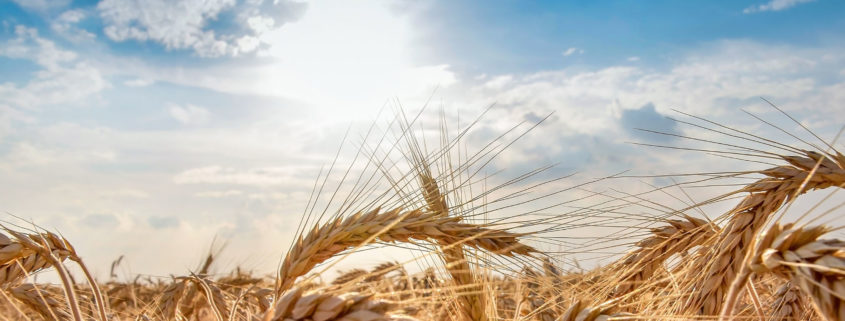Minnesota Crop Improvement Association draws the way forward with identity-preserved practices
By Eric Wenberg, executive director
On Jan. 8 in Fergus Falls, Minn., I had the pleasure of attending the 117th meeting of the Minnesota Crop Improvement Association (MCIA). MCIA is how identity-preserved (IP) field crops start, with solid approaches to seed use, farming practices and on-farm certification processes, importantly driven by conversations between what’s achievable on the farm for merchandisers marketing soya and specialty grains.
MCIA Chief Executive Officer Fawad Shah is a strong, contributing member association leader at Specialty Soya and Grains Alliance (SSGA), pointing the way ahead. It’s great to have them as a partner. The group was concerned about quality from the 2019 crops, with some farms having left fields unharvested. The concern for the future of farming was real, but the rural communities had survived another year. There was optimism in the room for the future if 2020 weather will cooperate. “First, start with the seed,” was the common theme from the meetings and awards.
Many attendees produce seed for their neighbor and propagate the non-GMO seeds for food variety field crops, then grow successor generation crops with their neighbor customers. Some noted lots of calls about trying to get growing plans in place, and noted that the lower Chicago Board of Trade prices meant a concurrent lower premium because companies are setting that, not with an absolute value, but dependent on the overall value of the crop. MCIA committees set new, updated standards and forecast future tweaks to the seed standards in line with the Association of Official Seed Certifying Agencies (AOSCA).
Leaders from the University of Minnesota Forever Green Initiative discussed supply chain development for Kernza®. The group and its supply chain developer, Colin Cureton, work in a building with the impressive name and auspicious crop development goals of Norman Borlaug. Kernza is a wheat-like grain and the first commercially viable perennial grain and can be used for cooking, baking, brewing, distilling and co-products. It has a deep, dense root system and produces both grain and forage over three to four years. There are just 2,000 acres of the crop worldwide, but much of that is grown in Minnesota. Kernza, once produced, is in high demand with businesses competing to purchase it. While consumers like the quality of new grains, the difficulty is to scale up production. In a decade you could be selling this one to high-end users if the numbers work. The agronomics certainly do. SSGA is working on specialty grains and markets, helping members find crops to sell and providing research in the market.
I also had the opportunity to network and catch up with some SSGA members at the meeting including Friedrich seeds, Albert Lea Seed, Northern Crops Institute, Minnesota Department of Agriculture, Soyko International and Richland IFC. Thanks, MCIA, for a great meeting and supporting SSGA. Keep up the good work.







Leave a Reply
Want to join the discussion?Feel free to contribute!